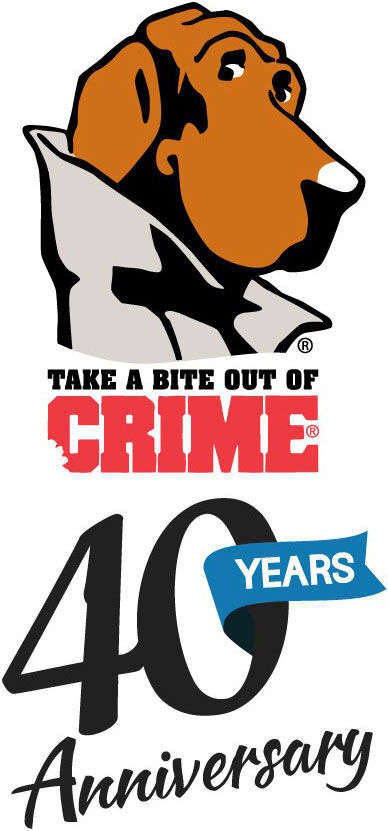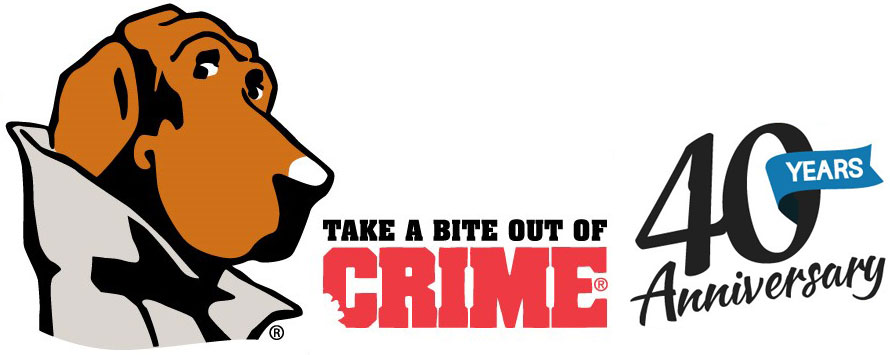Paul DelPonte, Executive Director of the National Crime Prevention Council (NCPC), sent a letter to U.S. Attorney General Merrick Garland regarding the sale of illegal fentanyl on Thursday.
The NCPC urges the Biden Administration to investigate Snapchat and other social media for playing a part in the illegal facilitation of fentanyl. Fentanyl deaths are only increasing in the U.S., with a tiny dose of the drug being deadly. According to the CDC, the number of deaths from overdoes on synthetic opioids like fentanyl increased by 56% from 2019 to 2020.
DelPonte and his team believe technological advances in illegal drug purchases are detrimental to America’s youth. Currently, the NCPC has a website dedicated to sharing the stories of fentanyl victims. In the letter to Garland, DelPonte mentioned four teenagers between the ages of 14 and 17 that passed due to purchasing fentanyl on Snapchat for less than $20.
DelPonte points to Snapchat’s disappearing messages causing a rough ability to track drug dealers.
“Snap, Inc. is of particular concern. Snapchat has become a digital open-air drug market allowing drug dealers to market and to sell fake pills to unsuspecting tweens and teens,” DelPonte wrote in his letter to Garland. “The platform gives drug dealers the ability to hide behind encrypted technology and posts that disappear from public view within 24 hours or less. This is not a protection of free speech. It is the aiding and abetting of the worst kinds of criminal acts.”
Snapchat response to the fentanyl crisis
Snapchat posted a press release on its website on October 7, 2022, conveying new measures to help combat the fentanyl pandemic. Snapchat admits that illegal drug trade has occurred on their platform, but the company emphasizes they are working with law enforcement to bring drug dealers to justice.
The popular app mentions new awareness campaigns about the dangers of fentanyl. Snapchat has partnered with Song for Charlie, Shatterproof, and Substance Abuse and Mental Health Services Administration (SAMHSA) to provide educational resources in an in-app portal titled Heads Up. Also, Snapchat is creating dedicated filters for fentanyl awareness.
Snapchat says its ability to respond to law enforcement requests increases year to year, and currently has a team available at all hours of the day. The company claims nearly 66% of all drug-related content is captured by their artificial intelligence systems.
Biden Administration action on fentanyl
On September 23, 2022, the White House announced measures to combat the ongoing opioid crisis. The administration awarded $1.5 billion to all states and territories to provide support for individuals affected by the opioid crisis. The goals of the funding are to increase investments in overdose education, peer-support specialists in emergency departments, and allow states to invest in other strategies that will help save lives in hard-hit communities.
Cartel de Jalisco Nueva Generacion (CJNG) is one of the main culprits behind illicit fentanyl entering the U.S. via the southern border. The Biden administration called for a $3.2 billion increase in investment for National Drug Control Program agencies for the 2023 fiscal year budget to fight violent drug organizations.
In a release from the Texas Department of Public Safety (DPS), Operation Lone Star has led to the seizure of 353 million doses of lethal fentanyl. The state of Texas accuses the federal government of not giving enough support to handle the crisis.
The state of fentanyl in the U.S.
Fentanyl is approved for treating severe pain, occasionally occurring in cancer patients in advanced stages. Despite this use, the drug has become popular in illegal drug markets for its heroin-high symptoms. Fentanyl can be mixed with other drugs, a deadly consequence for users without knowledge of its presence.
Over 56,000 Americans died from overdoses featuring synthetic opioids like fentanyl in 2020. The CDC noticed an uptick in deaths due to the COVID-19 pandemic. Fentanyl is 50 times more powerful than heroin, and 100 times more potent than morphine according to the U.S. Drug Enforcement Administration.


